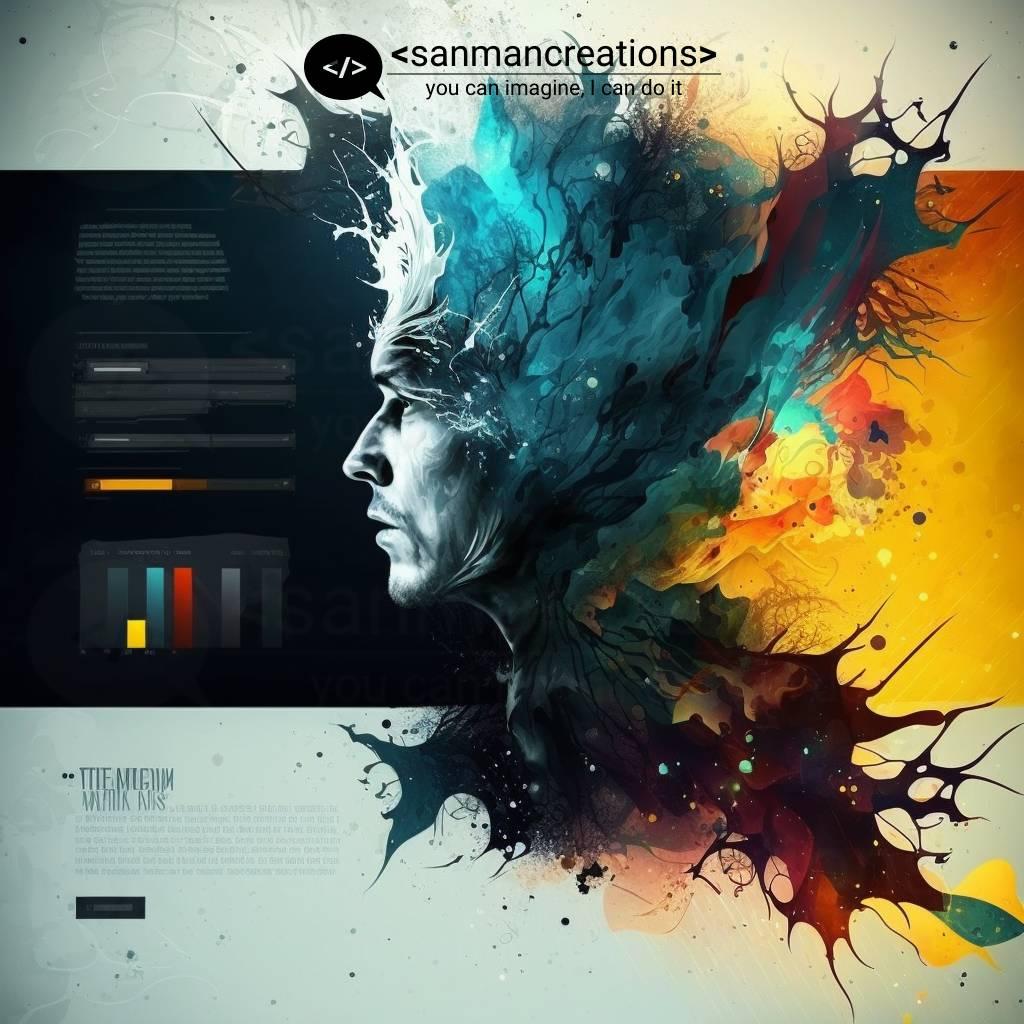Discover the benefits of conceptual websites and how it can improve user engagement, brand identity, user experience, and increase conversion rates.
Conceptual Websites
Conceptual websites are designed to be visually engaging and to communicate a particular concept or idea. Here are the steps that web designers typically follow to create conceptual websites:1. Define the Concept
The first step in creating a conceptual website is to define the concept or idea that you want to communicate. This could be an abstract concept like “freedom” or a more concrete idea like “sustainability”.2. Research and Brainstorm
Once you have defined the concept, research it to get a better understanding of its meaning and implications. Brainstorm ideas for how the concept could be visually represented on your website.3. Choose a Color Palette
Choose a color palette that reflects the concept you are trying to communicate. For example, if your concept is “nature”, you might choose a color palette that includes greens, browns, and other natural tones.4. Choose Typography
Choose typography that complements the concept and color palette. The typography should be easy to read and should help communicate the concept to the user.5. Use Imagery and Graphics
Use imagery and graphics to visually communicate the concept. This could include photographs, illustrations, infographics, or other visual elements.6. Use Animations and Interactions
Use animations and interactions to add interest and engagement to the website. These can help bring the concept to life and make the website more interactive and memorable.7. Test and Refine
Test the website with users to get feedback and refine it as needed. Make sure that the website effectively communicates the concept and engages the user.Once the concept is established, the design team can begin to create wireframes and mockups of the website, which will be used to test and refine the concept. This iterative process continues until a final design is agreed upon that meets the needs of the users and the business objectives of the website.
Overall, creating a conceptual website requires creativity, attention to detail, and a focus on effectively communicating the concept or idea. By following these steps, web designers can create visually engaging and memorable websites that effectively communicate a particular concept or idea to the user.
Overall, creating a conceptual website requires creativity, attention to detail, and a focus on effectively communicating the concept or idea. By following these steps, web designers can create visually engaging and memorable websites that effectively communicate a particular concept or idea to the user.








COMMENTS